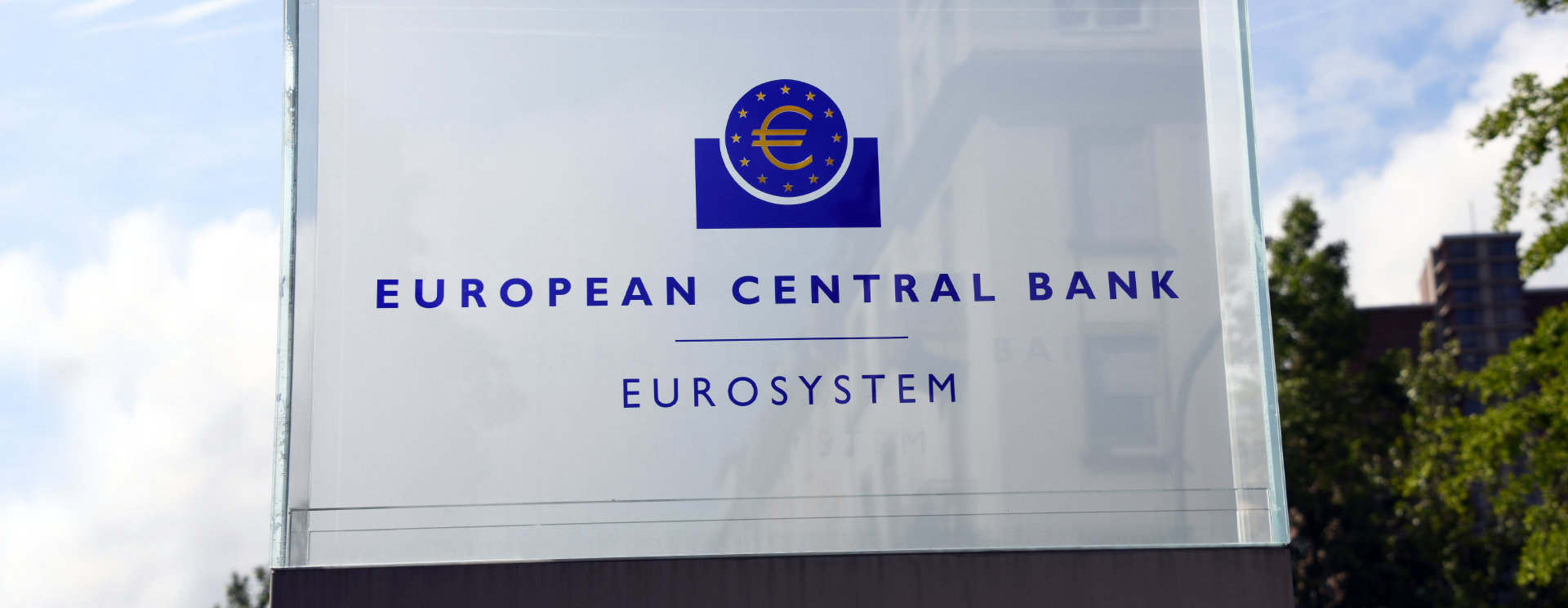The failure of Silicon Valley Bank (SVB) last Friday set off a wave of investor fears that further collapses in banks would follow. Another large regional bank, New York’s Signature Bank, which had heavy exposure to cryptocurrency markets, then also collapsed last weekend. However, on Sunday, March 12, the Federal Reserve (the Fed), the Federal Deposit Insurance Corporation (FDIC), and the Treasury Department made an announcement that all depositors of SVB would be granted complete access to their funds on Monday morning. Additionally, the Fed made more funding available to banks to protect deposits and prepared for addressing any potential liquidity issues. Nearly $143 billion in additional funds were loaned to the FDIC to backstop the failed SVB and Signature Bank.
The Fed’s additional funding proposed last Sunday came in the form of the Bank Term Funding Program, which was created to support American businesses and households by making additional funding available to eligible depository institutions to help assure banks have the ability to meet the needs of all their depositors. Since last Sunday, U.S. banks have borrowed $11.9 billion from the Bank Term Funding Program. Through this program, banks are able to obtain one-year loans with favourable conditions in return for providing collateral of high quality. All the emergency lending resulted in a total of $303 billion being added to the Fed’s balance sheet, which counteracted a significant portion of the quantitative tightening that the Fed had initiated since June.
Later in the week, U.S. bank First Republic, which had a focus on the tech sector similar to SVB, came under pressure after investors saw similarities between First Republic and the failed Silicon Valley Bank. A rescue plan was coordinated and on Thursday morning, First Republic, the 14th-largest bank in the country, received a cash infusion from 11 rivals, including America’s largest lenders. The rescue plan detailed that the group of banks would deposit $30 billion with First Republic for an initial period of 120 days, in an effort to calm fears about its balance sheet. In recent days, regional banks have experienced significant outflows of deposits, as customers have been transferring their funds to the large banks that are involved in the rescue efforts.
Hopes that the Fed might adjust its monetary policy in response to the banking sector events seemed to drive a rally during the week. By the end of the week, futures markets were pricing in zero likelihood of a 50 basis point hike by the Fed in March compared with a 40% chance of one the week before. Markets were also placing a nearly 99% probability that the federal funds target rate would end the year lower than its current range of 4.50% to 4.75%. In other news, U.S. inflation moderated in February, rising 6% y/y, in-line with expectations, down from 6.4% y/y in January, while core inflation declined to 5.5% from 5.6% in the month before.
Shares of Credit Suisse, the Switzerland-based financial giant, sold off after the chair of Saudi National Bank, its largest shareholder, announced that it would not invest further capital in the company. This event occurred shortly after Credit Suisse postponed the publication of its annual report due to the presence of “material weaknesses” in its controls for financial reporting. Following a steep drop in the value of Credit Suisse’s shares, the Swiss National Bank (SNB) offered a credit line of CHF 50 billion ($54 billion) to the bank on Wednesday evening, which provided temporary support to the stock price. Multiple sources have reported that UBS is currently in talks to acquire either all or a portion of Credit Suisse. The boards of the two largest banks in Switzerland are expected to convene separately over the weekend to examine what could potentially be the most significant banking merger in Europe since the financial crisis.
On Thursday, the European Central Bank (ECB) raised its benchmark rate by 50 basis points, to 3% from 2.5%. The ECB reiterated that future decisions would be data dependent but offered no forward guidance, while stating that “the euro area banking sector is resilient, with strong capital and liquidity positions.”
In an effort to enhance liquidity and stimulate the economy, the People’s Bank of China (PBOC) announced its decision to lower the reserve requirement ratio (RRR) for most banks by 25 basis points. This was the first such reduction made by the central bank this year.
On the market front, U.S. stocks closed mixed for the week on the back of turmoil in the banking sector, concerns over a steeper slowdown in the economy and hopes that the Fed would now be forced to pause its rate-hiking cycle. The S&P 500 gained +1.34% over the week, with cash-flush, mega-cap tech stocks recording robust gains while energy and financial shares slumped. As a result, the Nasdaq rallied +4.41% while the Dow Jones ended the week -0.15% lower.
Shares in Europe (Euro Stoxx 50) declined -3.89%, while the FTSE 100 sunk -5.33%. Chinese stocks (Shanghai +0.63%) managed a slight gain while, in Japan, the Nikkei 225 fell -2.88%. Gold (+6.50%) rallied, benefiting from risk-off sentiment, while Brent Oil fell -12.29% over the week.
Market Moves of the Week:
In South Africa (SA) this week, fresh economic data prints surprised to the upside, although still painted a gloomy picture for the SA economy. Data released on Thursday showed that SA retail sales dropped by -0.8% y/y in January, compared to a -0.5% y/y decline in December. A look into the data shows that households cut their spending on essential food and beverages (-7.3% y/y) due to heightened living costs, but increased spending on clothing and footwear (+2.3% y/y).
Mining and manufacturing production was also released for January. Mining production shrank by -1.9% y/y , following December’s -3.6% y/y drop. The print was however stronger than the market expected (-2.8% y/y). On the manufacturing front, January production slipped -3.7% y/y (consensus -5.2% y/y) from -4.5% y/y in December. Persistent, heightened load shedding continues to remain a key downside risk to the energy intensive manufacturing sector. In January, there was an -8.0% y/y decrease in electricity production and a -7.3% y/y decrease in electricity consumption, with Eskom’s Energy Availability Factor (EAF) below 55.
Shares of Transaction Capital tumbled this week (-59.86% w/w) following a gloomy trading update that was released on Monday. The company posted a trading update reporting it expects core earnings per share from continuing operations in the half-year to end-March to fall between 20% and 50%. The group said on Monday that some of its operations were being badly impacted by macroeconomic headwinds.
On the mining front, Gold Fields (+23.46% w/w) and AngloGold Ashanti (17.90% w/w) announced on Thursday that they have agreed on the key terms of a proposed joint venture in Ghana, which would create the largest gold mine in Africa.
The JSE All-Share index fell -5.14% over the week, with Financials taking the biggest hit, down -6.91% w/w. The rand depreciated against the U.S dollar this week to end at $/R 18.47.


Chart of the Week:
Last week Powell signalled the central bank might accelerate its interest-rate-hike campaign in the face of persistent inflation. Traders moved to price in a half-point hike in the benchmark interest rate at the Fed’s March meeting, and further rate hikes beyond. Traders now see next week’s Fed meeting as a tossup between a smaller quarter-point hike and a pause, with rate cuts seen likely in following months. Source: Reuters







